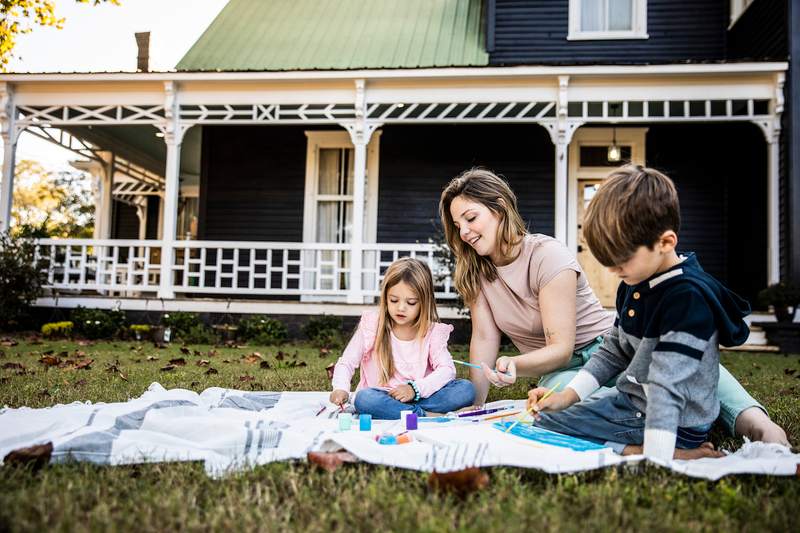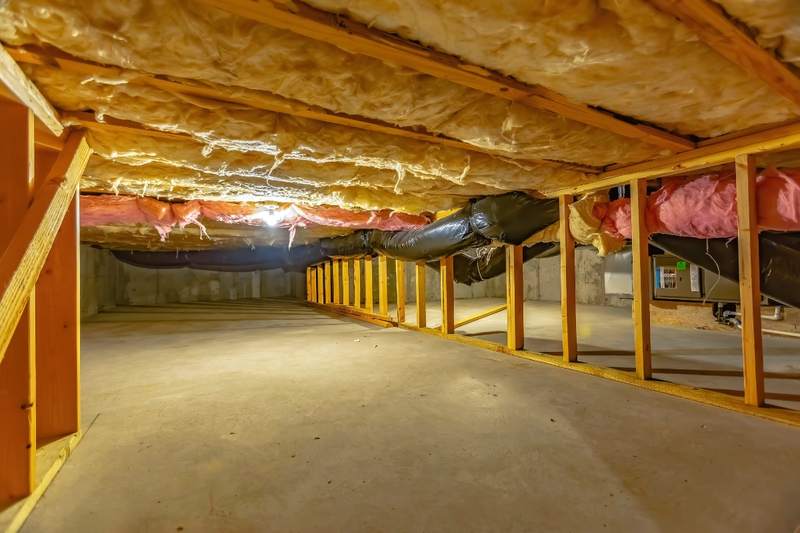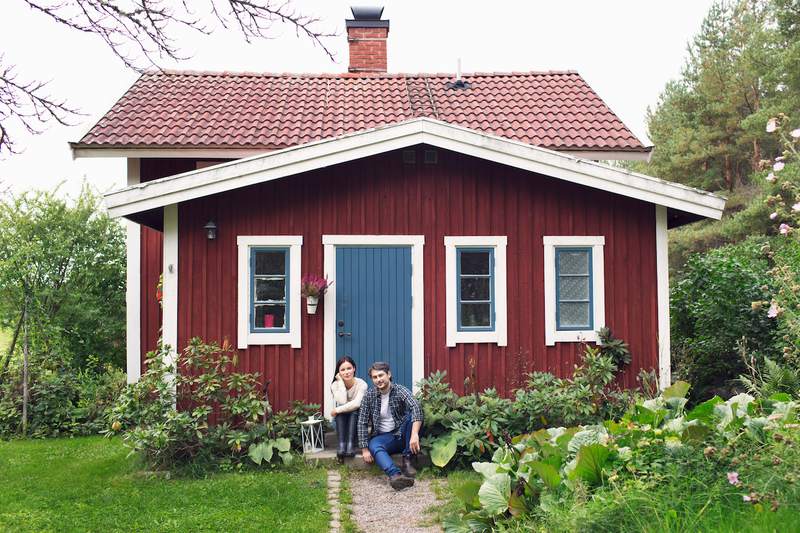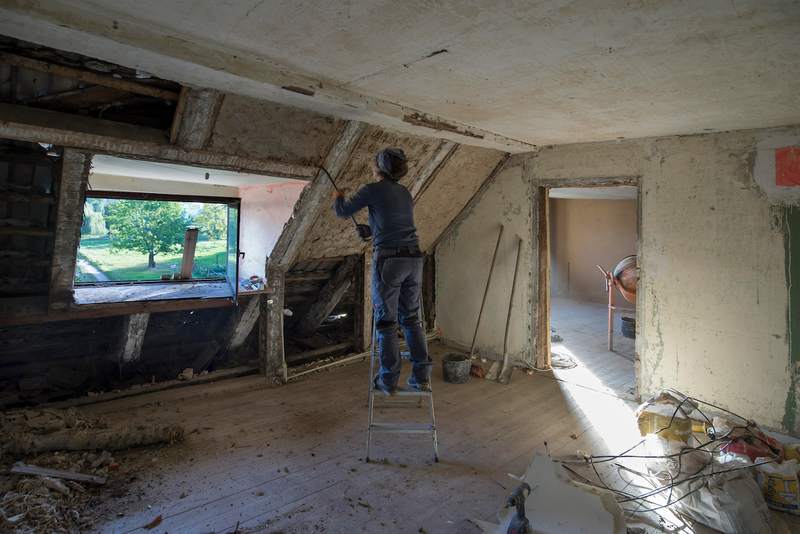
To encourage homeownership and development in rural areas, the Department of Agriculture insures loans from private mortgage lenders to help low- and middle-income borrowers afford a home.
USDA home loans have no down payment requirement and no minimum credit score requirement, and usually are cheaper for borrowers than loans offered by the Federal Housing Administration. USDA loan terms are 30 years, and the interest rate is fixed.
How Do USDA Loans Work?
USDA loans are guaranteed by the government, which means the USDA reimburses the lender if a borrower defaults on their loan. That reduced risk encourages lenders to offer USDA loans to qualified borrowers.
USDA loans have more generous eligibility requirements than conventional loans, but not everyone is eligible. USDA loans are available only to people buying homes in certain rural areas, and whose income doesn’t exceed 115% of the median income level of that county.
You can use the USDA’s online tool to find out if you’re eligible and take the first steps to apply.
Types of USDA Loans
USDA offers several types of loans for eligible borrowers:
- Guaranteed loans. These loans are issued by private lenders and backed by the USDA under its Section 502 Guaranteed Loan Program. If you’re unable to pay your mortgage, the USDA covers 90% of the lender’s loss. Because the lender is taking on less risk, it can offer loans with generous eligibility requirements and lower interest rates.
- Direct loans. Issued directly by the USDA, these loans are for borrowers with low or very low income who would otherwise lack safe housing. Some borrowers also are eligible for a subsidy that lowers their monthly payment.
- Home improvement loans and grants. The USDA offers loans and grants to eligible homeowners who need to make home repairs and improvements. Grants are available for up to $10,000, and loans are available for as much as $40,000. Grants and loans can be combined to give borrowers access to $50,000 total.
USDA Loan Fees and Costs
While USDA loans can make buying a home more affordable, they still come with fees and costs to consider before deciding whether a USDA loan is right for you:
- Down payment. USDA loans don’t require a down payment. However, if you can afford to make some kind of down payment, it can help you score a lower interest rate on the loan.
- Closing costs. Closing costs on a home loan typically range from 2% to 5% of the purchase price. However, closing costs on a USDA loan cannot exceed 3% of the loan amount.
- Guarantee fee. Instead of paying mortgage insurance, USDA loan borrowers pay a guarantee fee at closing and an annual guarantee fee that is divided up into monthly installments and added to the mortgage payment. The upfront guarantee fee is 3% of the loan amount, and the annual fee is 0.35% of the loan amount.
USDA Loan FAQ
Here are answers to some frequently asked questions about USDA loans.











